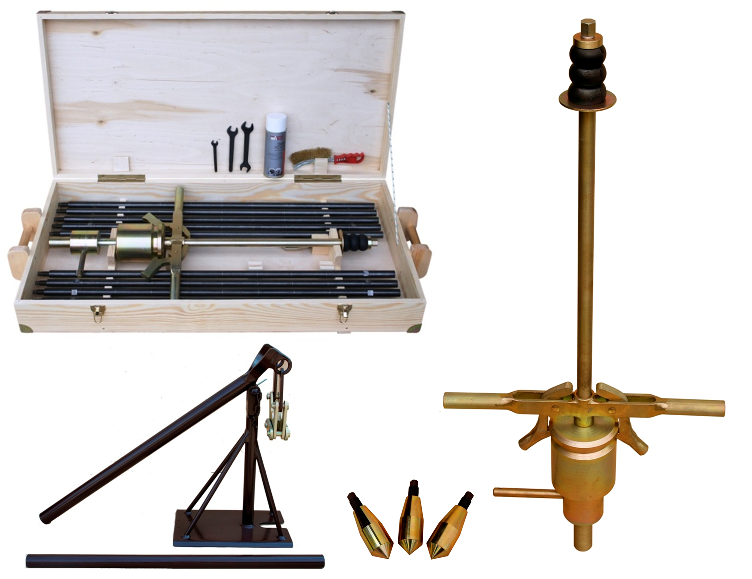Light dynamic penetrometer (DPL)
About light dynamic penetrometer
Light dynamic penetrometer (DPL) is used for testing the thickness of different soil layers, control of soil density or consistency and determination of strength and deformation parameters.
In general, if the ground is not too dense or consistant, penetration tests can be carried out to depths of about 8 to 12 m.
Testing equipment
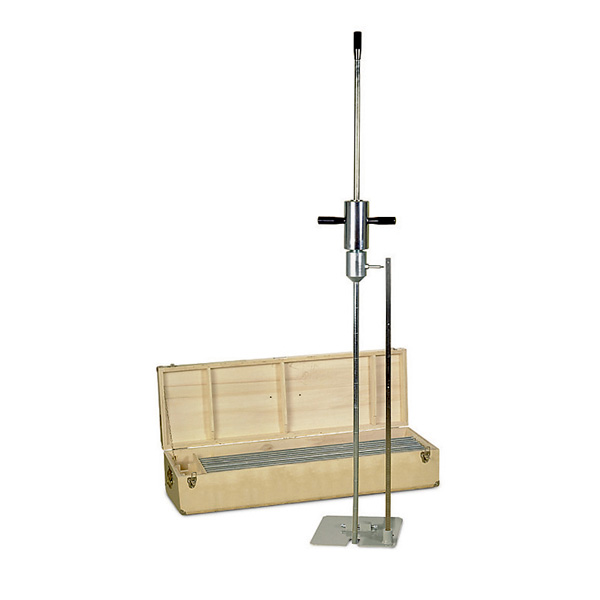
Photo 1. Equipment for DPL
Testing equipment is produced according to DIN 4094, with the technical specifications shown below:
- Equipment Light dinamic penetrometer
- Hammer weight 10,0 kg
- Height of hammer fall 50,0 cm
- Equipment weight without hammer 6,0 kg
Procedure of testing with dinamic penetrometer
The hammer of 10, 0 kg in weight is being dropped from height of 50,0 cm causing the rod with probe to penetrate into the ground.
If possible, dynamic penetrometer testing should be performed at rate of 15 to 30 strokes per minute, without pausing. The rate of strokes impact on testing results is minimal in sand and gravel, but affects the results in clay and deposits.
The number of strokes is calculated after every 10.0 cm of penetration depth. For individual tests in very soft or loose soils where the penetration depth of 10.0 cm reaches after 1 to 3 strokes or for very consistent or dense soils where the penetration depth of 10.0 cm is not achievable, penetration depth at certain number of strokes (<5 or> 50) can be measured.
Processing the test results
The measurement results can be shown in chart:
- X-axis – number of strokes after every 10.0 cm of penetration depth
- Y-axis – the depth at which the penetration is performed
- Other data – device type and probe tip characteristics
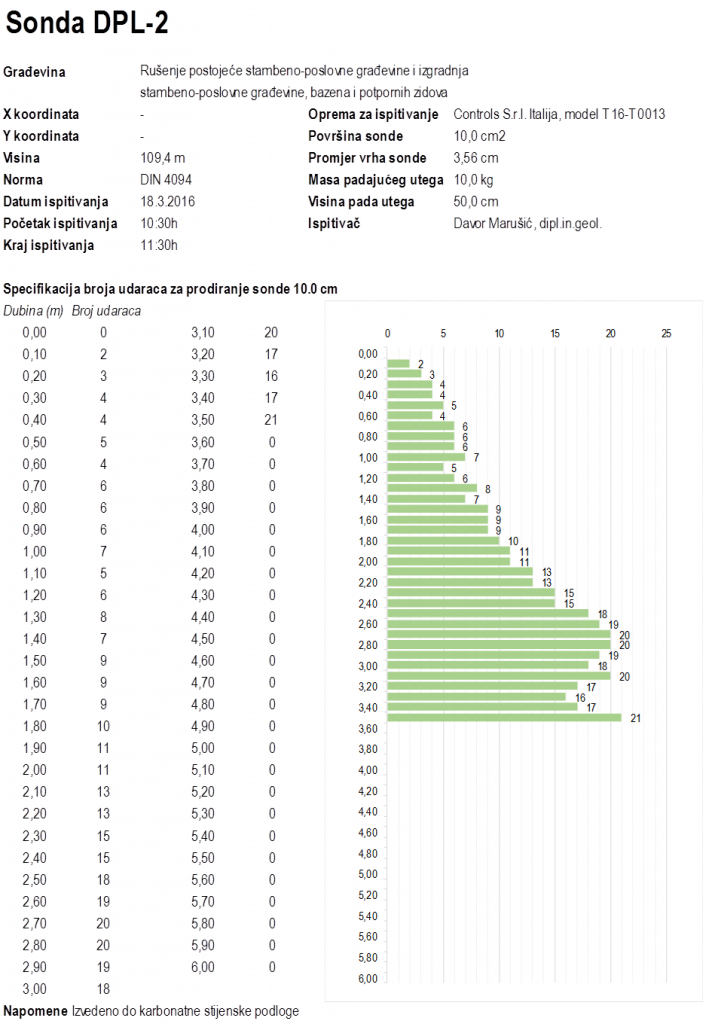
Photo 2. Processing the test results
Different probes testing results (surface of probe tip) can be related using the equation of the amount of penetration energy within the unit volume of the soil:
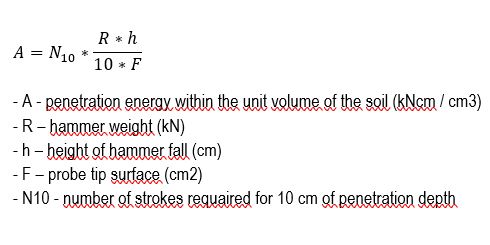
Amount of penetration energy within the unit volume of the soil
Correlation of DPL test results
DPL testing results can be correlated with number of strokes measured with standard penetration test (SPT). The results are correlated by equalizing the penetration energy within the unit volume of the soil. As a result, equivalent SPT number of strokes equals DPL number of strokes for 10 cm of penetration depth multiplied by 0,7 as shown below:
Correlation results
Given correlation needs to be used with special caution and additional correlation with other geotehnical investigation works results is recommended.
Conclusion
Testing with light dynamic penetrometer has a number of advantages such as easy and quick testing that is economically viable. Within a day, a large number of tests can be performed. Combined with other exploration and investigation works, it provides a more complete insight into the geotechnical features of the investigated area.
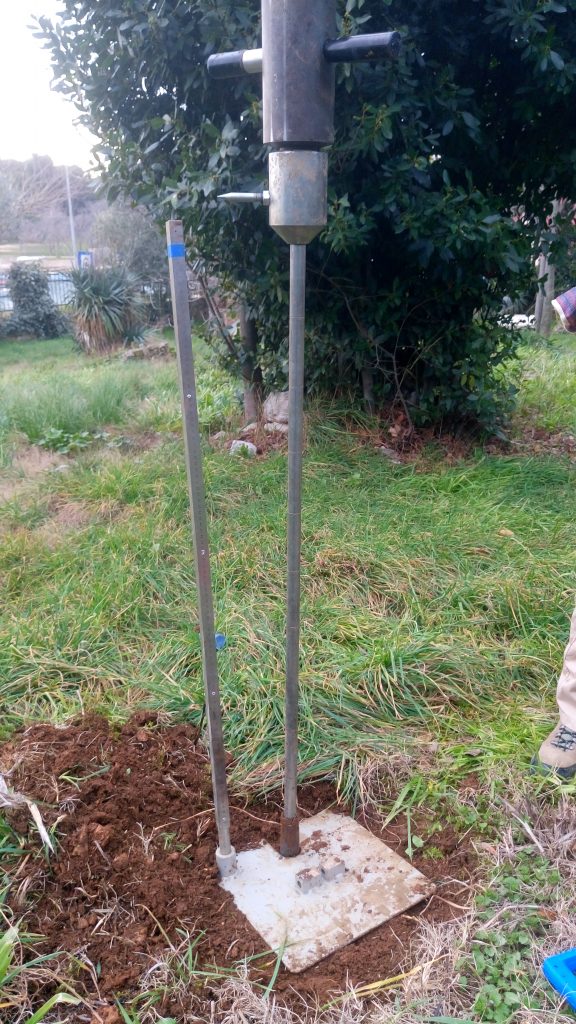
Photo 3. DPL testing on location Stoja in the City of Pula
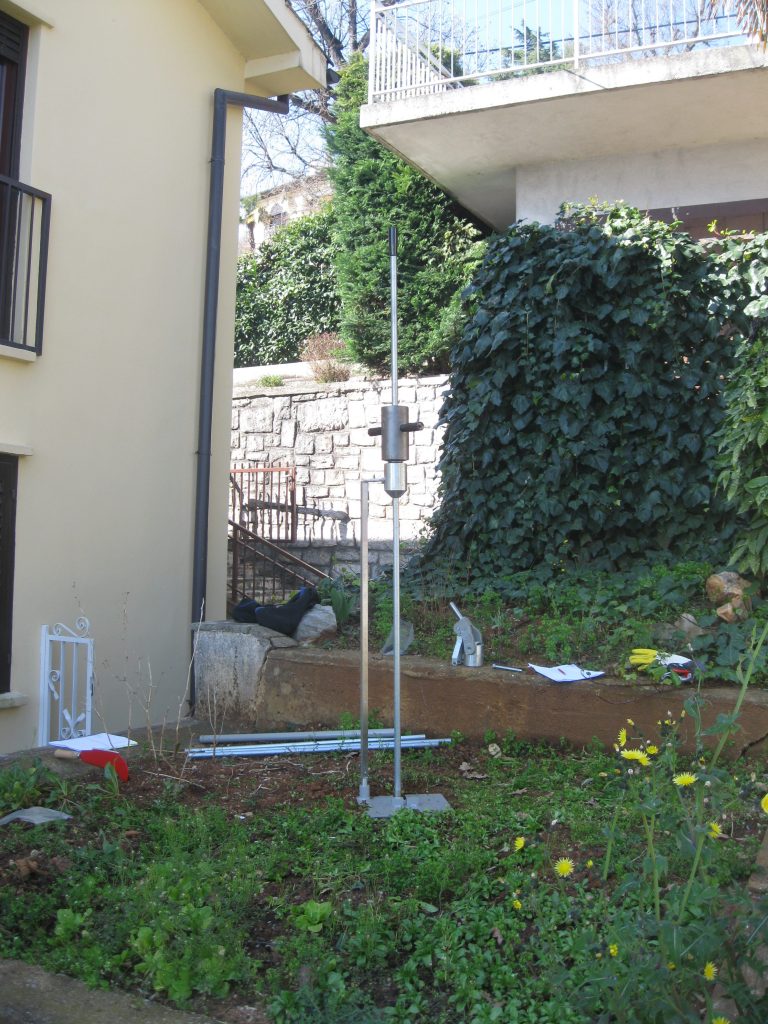
Photo 4. DPL testing on location of south edge of the City of Opatija
